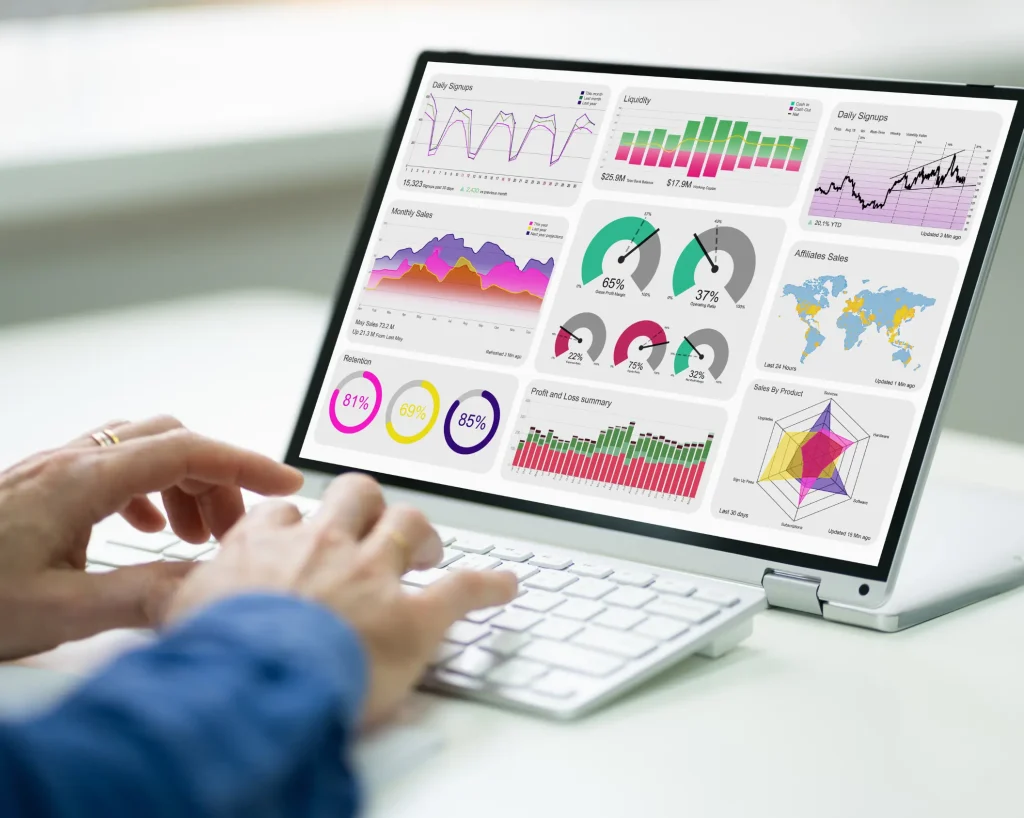How to Use Web Analytics to Improve Your Marketing Campaigns

In the fast-evolving digital world, data is king, and web analytics is one of the most powerful tools marketers can use to drive success. Understanding how your audience interacts with your website, where they come from, and what engages them most can give you a significant edge. By tapping into the wealth of data provided by web analytics, businesses can optimize their marketing campaigns, making data-driven decisions that lead to better performance and increased ROI.
Why Web Analytics is Crucial for Marketing Success
Web analytics offers valuable insights into your audience’s behavior, revealing what works in your marketing campaigns and what doesn’t. With web analytics, you can track essential metrics like page views, bounce rates, session durations, and conversion rates. This helps marketers understand which parts of a website are engaging visitors and which areas need improvement.
For example, if a marketing campaign drives a lot of traffic but has a low conversion rate, web analytics can help pinpoint where visitors are dropping off. Perhaps there’s a confusing call-to-action, or the landing page is slow to load. By identifying these issues, you can refine your campaign and increase the chances of converting visitors into customers.
Making Informed Decisions with Web Analytics
With web analytics, businesses can make informed decisions based on real data rather than assumptions. For instance, tracking the source of website traffic can show which channels are most effective—whether it’s organic search, paid ads, or social media. By understanding these patterns, marketers can allocate their resources more effectively, focusing on the channels that bring the most value.
Additionally, web analytics allows marketers to track the performance of different content types. You can determine which blog posts, videos, or landing pages engage visitors most and then replicate those strategies across your campaigns. Data-driven decisions like these help improve overall marketing performance and ensure that every campaign is optimized for success.
Webalyze: The Next Level of Web Analytics
While tools like Google Analytics provide essential insights, using platforms like Webalyze takes your web analytics efforts to the next level. Webalyze integrates with Google Analytics, Google Ads, and other marketing platforms to deliver a more comprehensive view of your website’s performance. This AI-powered tool analyzes the data for you and offers actionable recommendations on how to improve your marketing campaigns.
For example, Webalyze identifies problem areas—such as slow-loading pages or high bounce rates—and suggests specific steps you can take to fix them. This means you don’t just see the data; you get clear advice on how to act on it. With Webalyze, you can optimize your campaigns faster and more effectively, saving time and improving results.
Using Web Analytics for Continuous Optimization
Marketing is not a one-time effort. To stay competitive, continuous optimization is essential, and web analytics provides the data you need to keep improving. Regularly analyzing metrics such as conversion rates, click-through rates, and traffic sources allows you to adjust your campaigns as needed.
Tools like Webalyze help automate this process, monitoring your data in real-time and alerting you when negative trends occur. This way, you can address potential issues before they significantly impact your campaign performance. Webalyze even offers insights into competitor activity, allowing you to stay ahead by adapting your strategy based on market trends.
Web analytics is a powerful tool that every marketer should use to refine their campaigns and achieve better results. By tracking key metrics and understanding audience behavior, businesses can make smarter decisions that lead to higher engagement and more conversions. Tools like Webalyze enhance these capabilities by integrating with platforms like Google Analytics and providing deeper, AI-powered insights. Using Webalyze ensures that you’re not just analyzing data—you’re getting actionable advice to continually improve your marketing efforts and stay ahead of the competition.